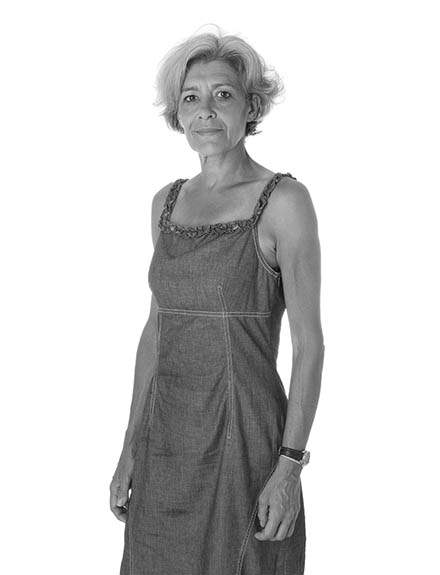| marie-hélène le ny |
|
photographist |
|
In 2000, the international space station started its construction programme. As of today, the station is in a low earth orbit about 400 km above the Earth’s surface. It has been permanently inhabited by crews of six persons for six month missions. The Soyuz spacecraft that is on top of the Soyuz rocket is the only way to access the International Space Station. The Ariane 5 rocket is a cargo freighter and brings supplies to the international space station. Although we are celebrating the 50th anniversary of Valentina Tereshkova’s historical flight into space, just few women opt for those jobs. Female astronauts still represent 10 percent of the total number of astronauts. Yet, I really felt that my differences as a woman could bring added value in resolving complicated problems in a simulator or proposing complex solutions.” |
|
||
|
Claudie
Haigneré |
|||
|
|
|
|
